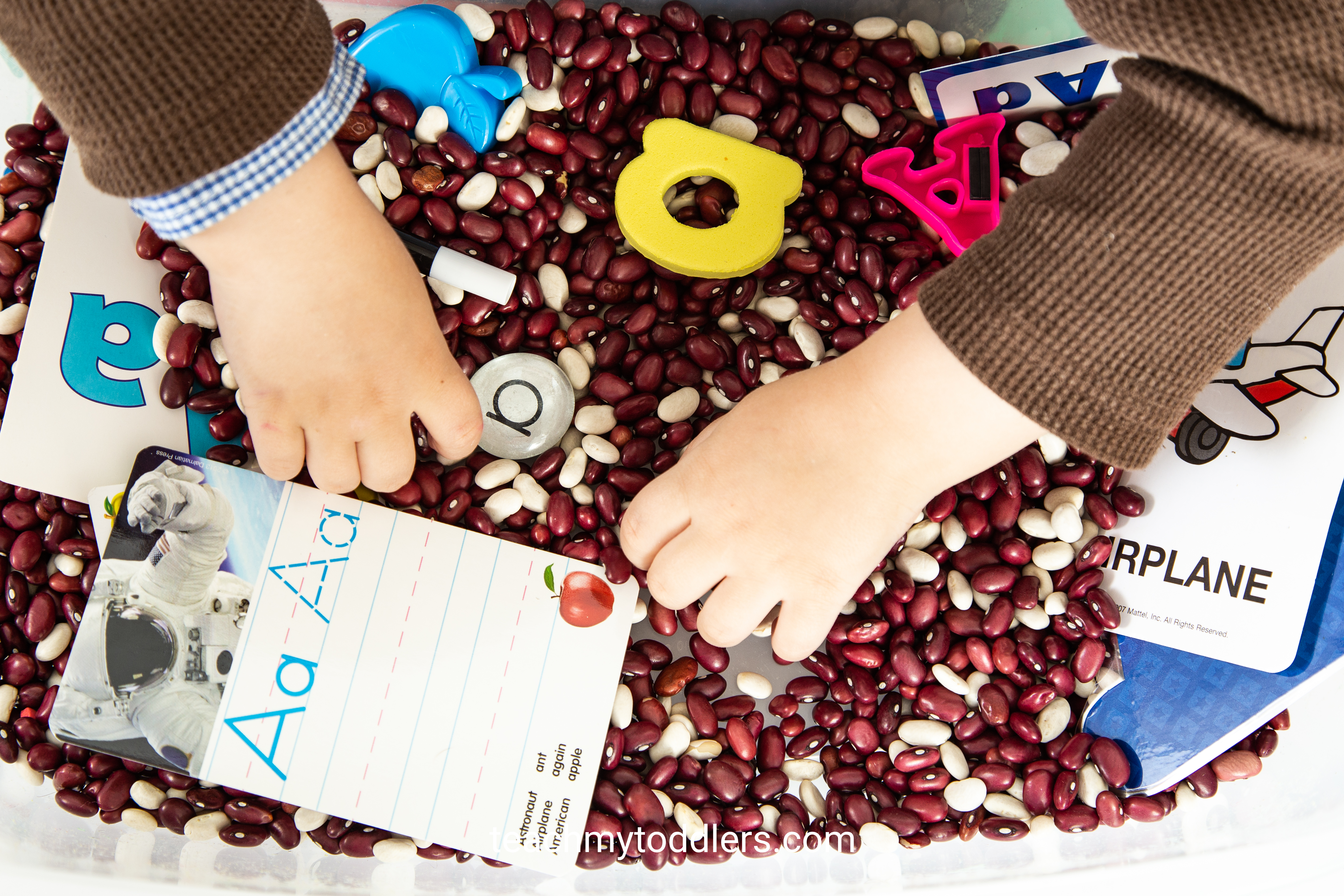A few weeks ago, a reader asked us to do a post about when to teach certain things. Let me start by saying that I could have made this post a LOT longer than it is. I tried to keep it short and sweet and stick to the things that parents most often have questions about.
Also, I only address the pre-kindergarten age. This includes birth to age 5ish. Now, here are general guidelines of when (and a little bit on how) to teach colors, shapes, letters, numbers, nursery rhymes, songs, and sensory activities.
Support Teach My Toddlers by using the affiliate links in our articles to shop. We receive a small commission (at no extra cost to you) so we can continue to create helpful free content. Thank you, we appreciate it!
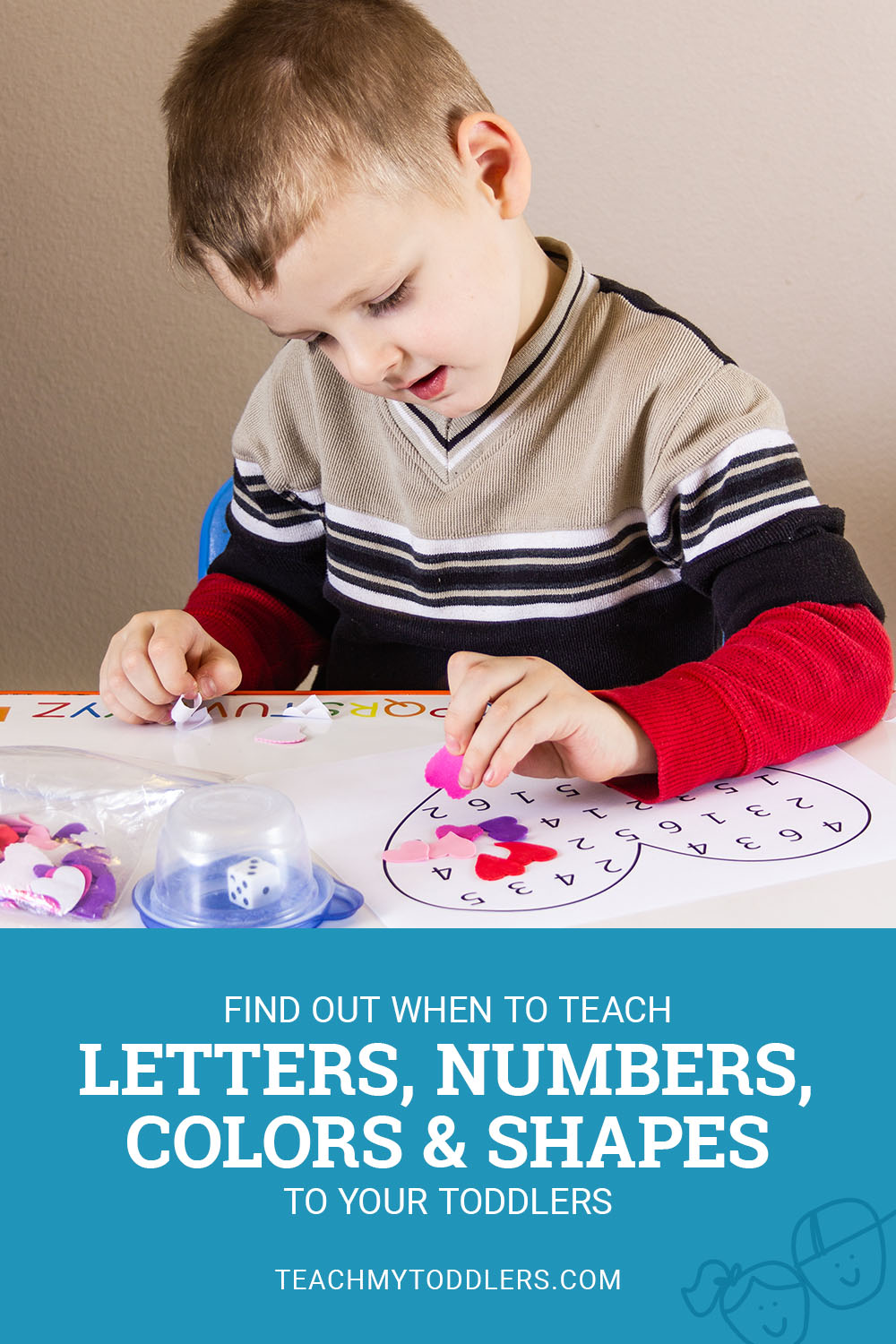
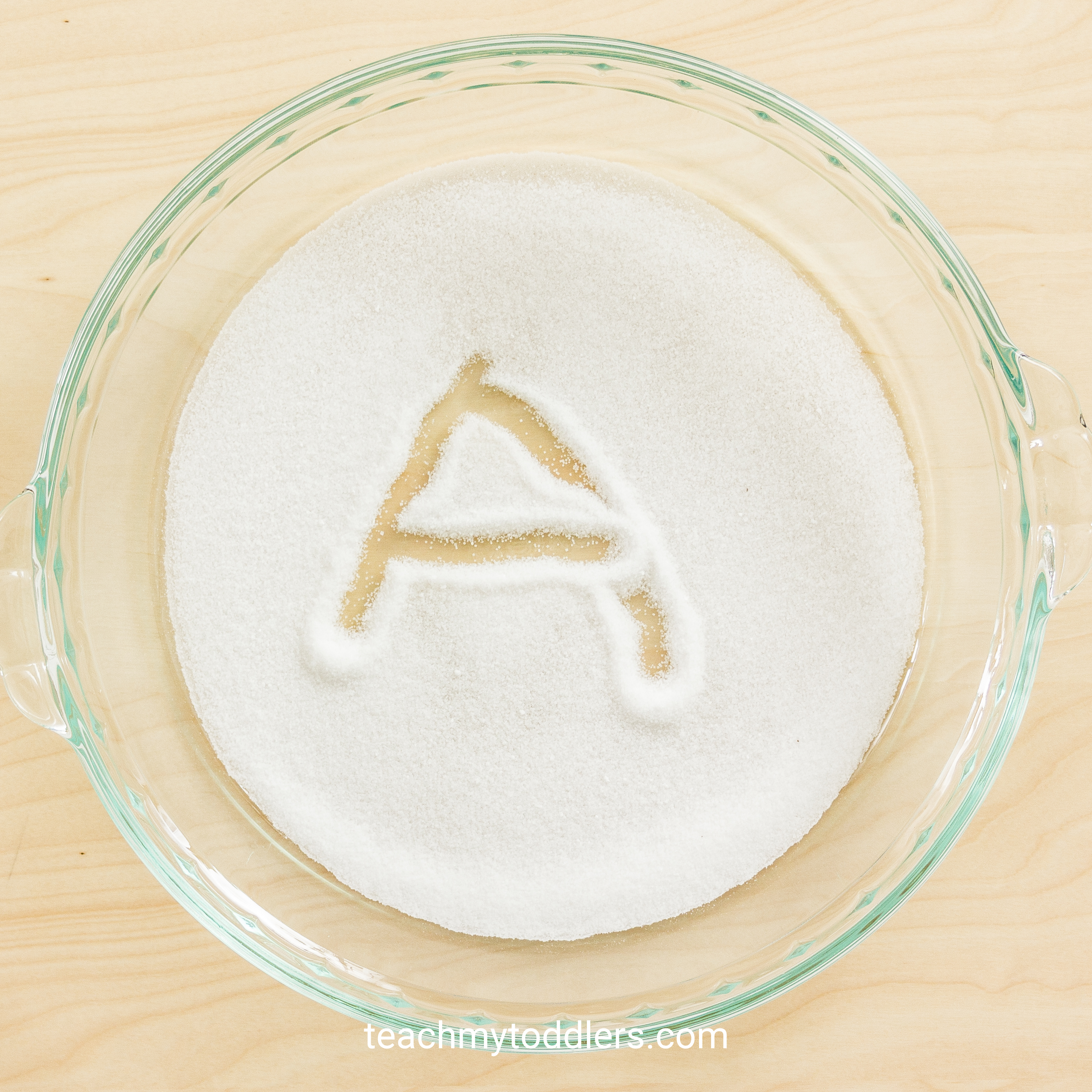
Colors
18 months is the generally accepted age for teaching colors. Some kids learn their colors sooner and some learn them later. As a general rule of thumb, 18 months – 2 ½ is a great age for specifically teaching colors.
You should always be reviewing colors with your child though, all the way up to kindergarten. Also, be sure to use the color words both before and after the noun (this is a blue pen, this pen is blue). It is important to use the color word both ways so your child can better understand the concept of color.
If you are looking for ways to teach colors, check out this post with games, activities, and books to teach colors. You can also purchase my Color Activity Pack. It has a bunch of great color activities, plus a curriculum guide.
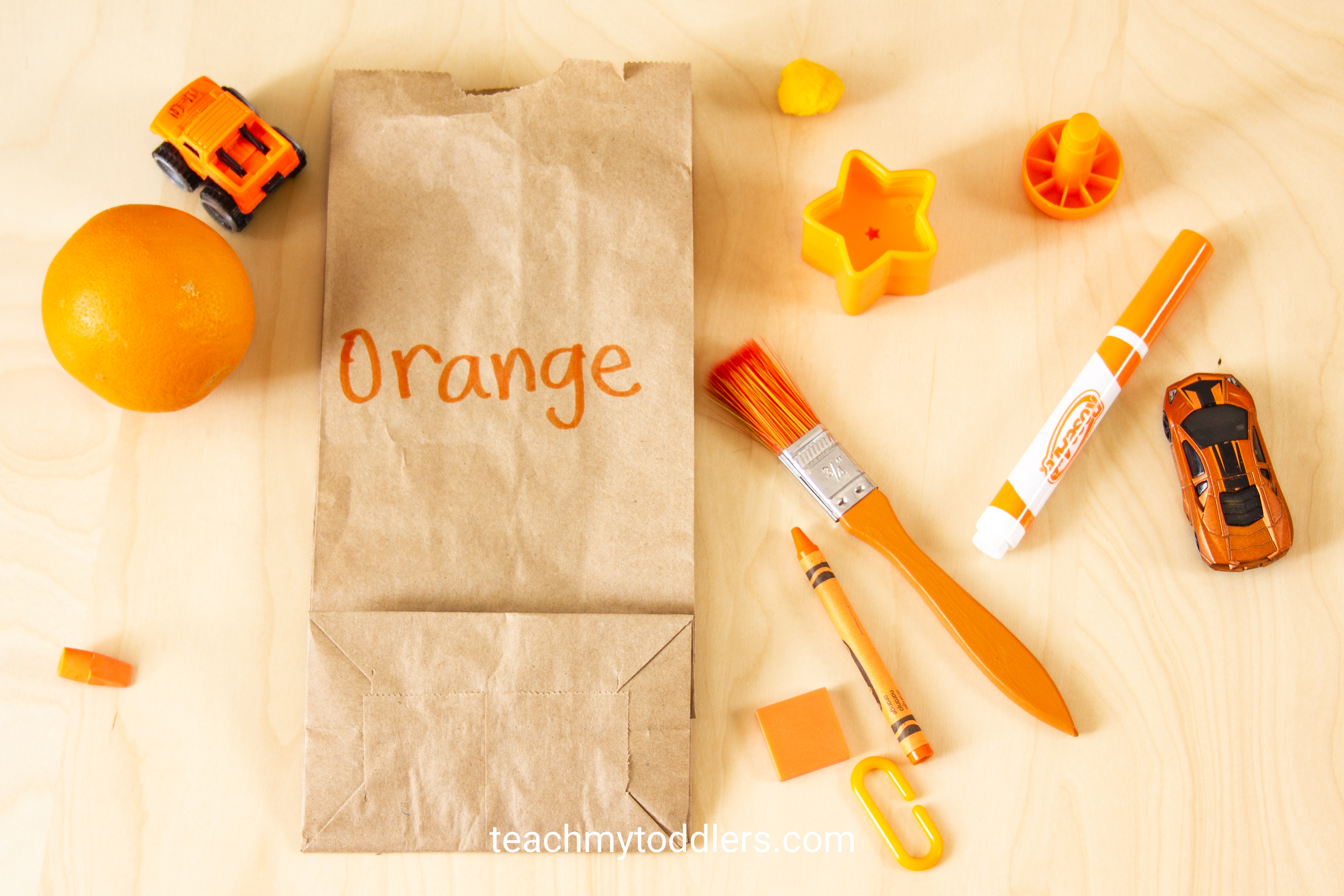
Shapes
2 years old is a great age for teaching shapes. Start by identifying the shapes you see in the world around you. Your child should have a basic understanding of shapes by 2 ½ years old and should be able to identify many shapes by the time he is 3.
Start by teaching the basic shapes (square, circle, rectangle, triangle), then continue to more advanced shapes (oval, star, heart, diamond). Purchase my Shape Activity Pack for awesome activities to teach shapes.
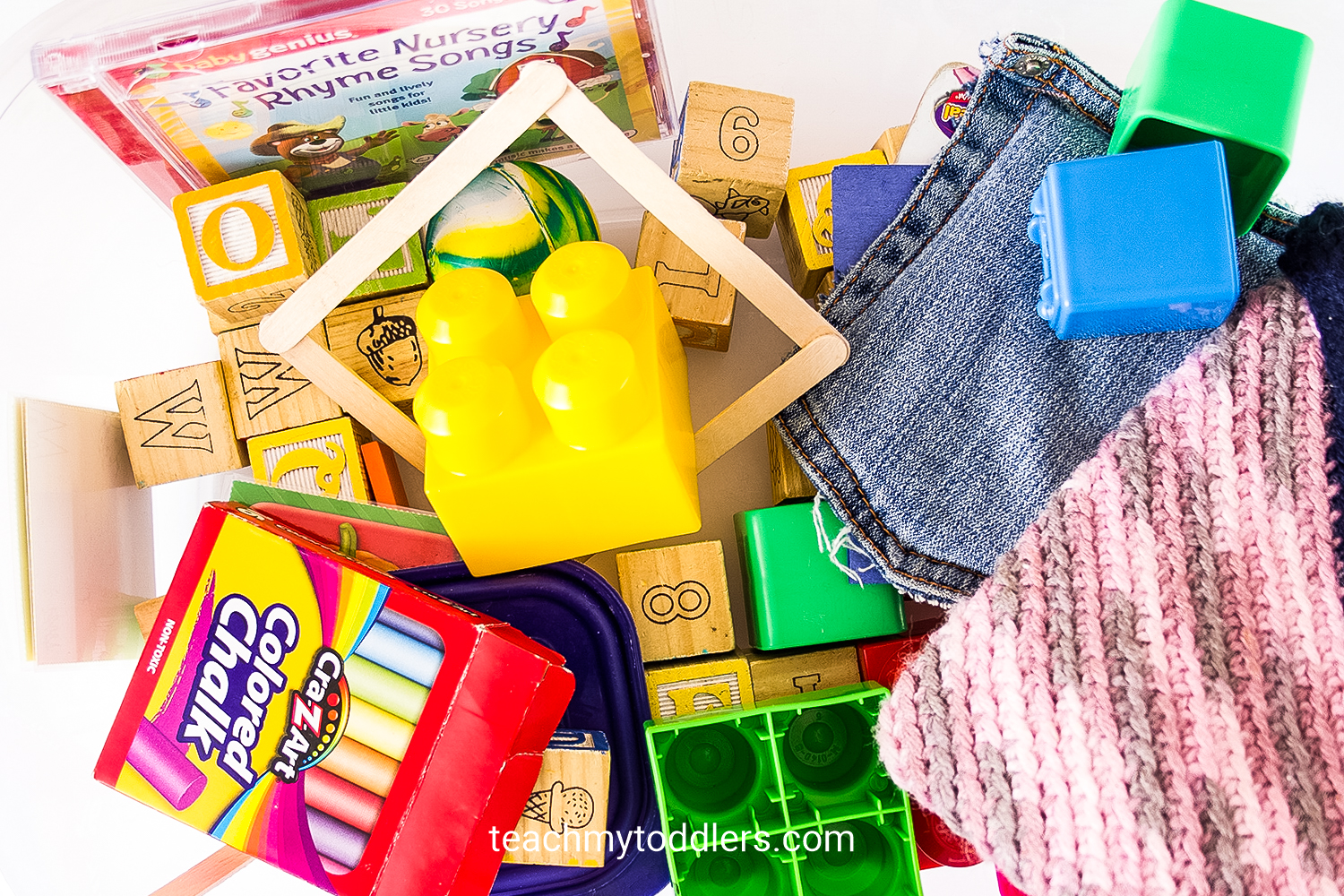
Letters
I remember being so worried when one of my children was 2 ½ that he didn’t know his letters yet. I tried teaching him letters in a lot of different ways and honestly, he just did not understand the concept of letters.
I finally decided to give up for awhile and not pressure him. A few months before he turned 3, he suddenly got it and learned all of his uppercase letters in about two weeks.
3 is a good age to teach letters, but do NOT stress and pressure your child to learn them. Do lots of fun things to teach and expose them to letters, but don’t worry about it. Your child should know his letters by kindergarten, but there should be no pressure before that.
This post on sensory activities that help kids start writing letters is a great place to start. Check out all of my letters posts here.
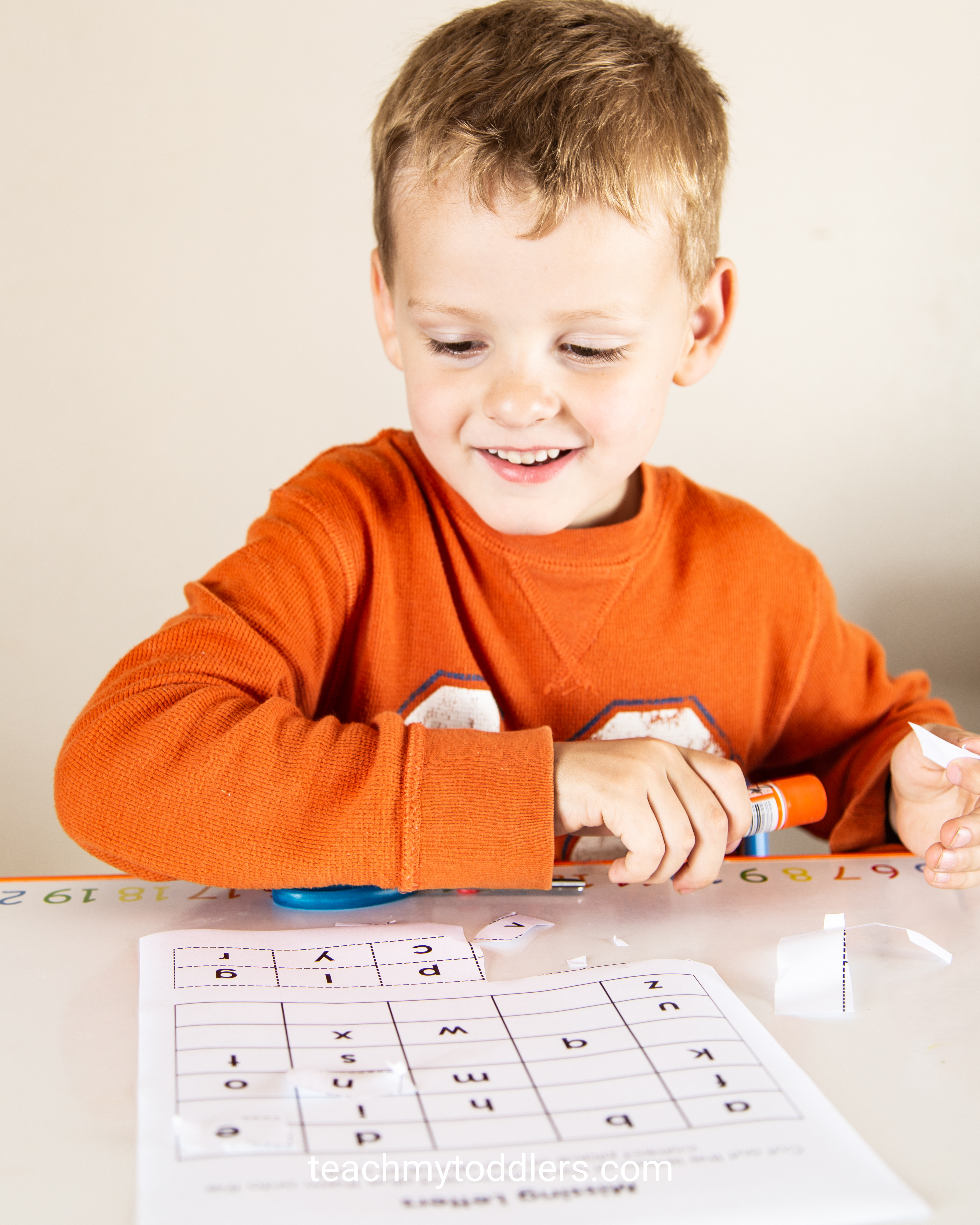
Numbers
3 is a pretty good age to teach numbers. I generally like to introduce letters first and then introduce numbers a little later. I think this helps your child understand that numbers are different from letters.
I recommend 3 as a great age to start teaching numbers, but just like letters, there is no pressure to learn them all fast. Your child should be able to count up to 20 and identify numbers 1-10 before kindergarten. If you do lots of fun activities involving numbers, they should easily be able to do both of those things by kindergarten.
Check out how I teach numbers with toddler trays.
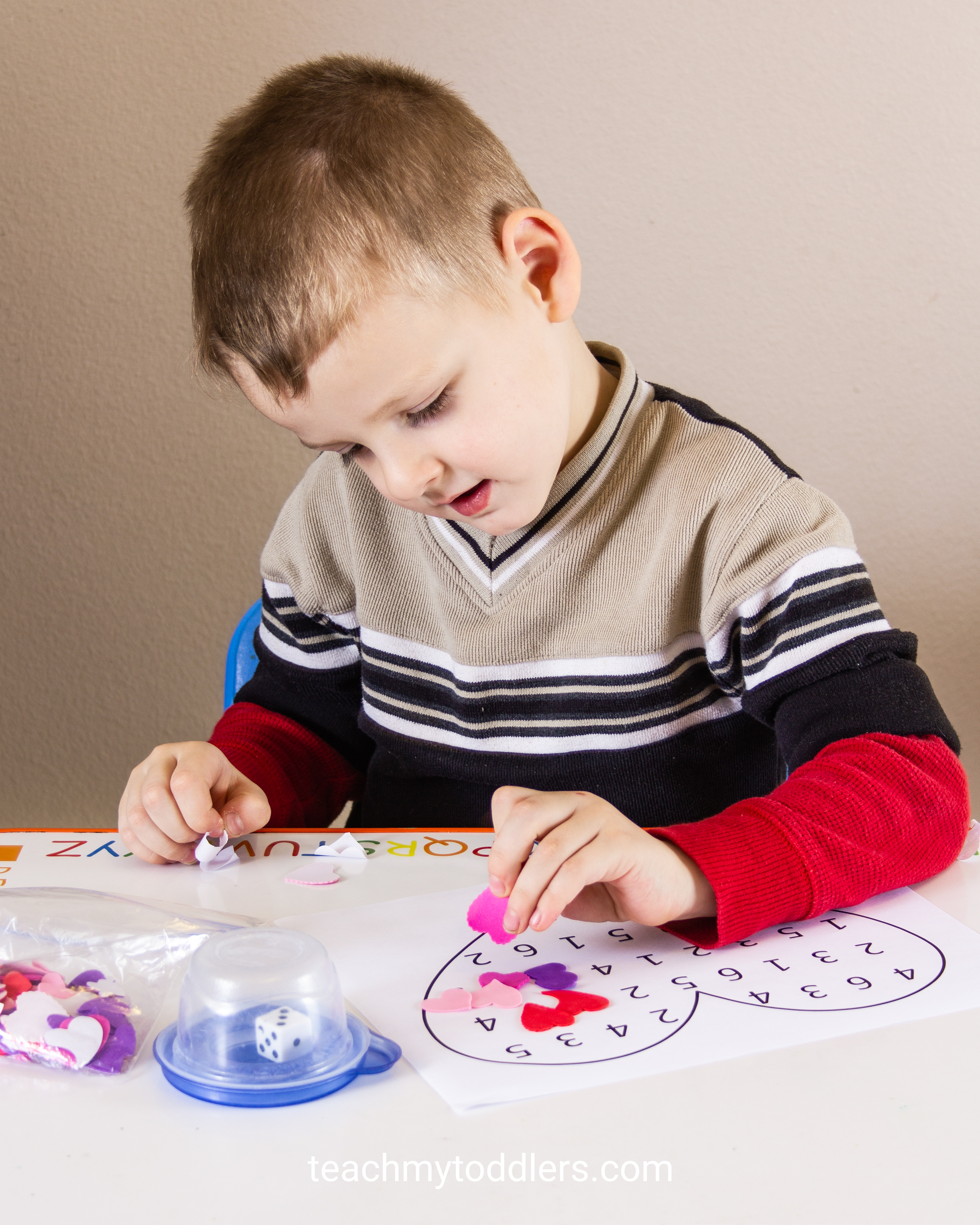
Nursery Rhymes
It is never, never, NEVER too early to teach nursery rhymes. Seriously, you can start saying them while your child is still in the womb! Kids should be able to start memorizing nursery rhymes around 3 years old. If they don’t memorize anything until 4, don’t worry about it.
When they are between 4 and 5, start to point out patterns (rhyming, rhythm, etc.). Here is a short list of some nursery rhymes to teach your kids: Humpty Dumpty, Little Boy Blue, Little Miss Muffet, Hey Diddle Didddle, Pat-a-Cake, This Little Piggy, Hickory Dickory Dock.
Don’t stop there! Exposing your child to lots of nursery rhymes will be very beneficial when they are learning to read.
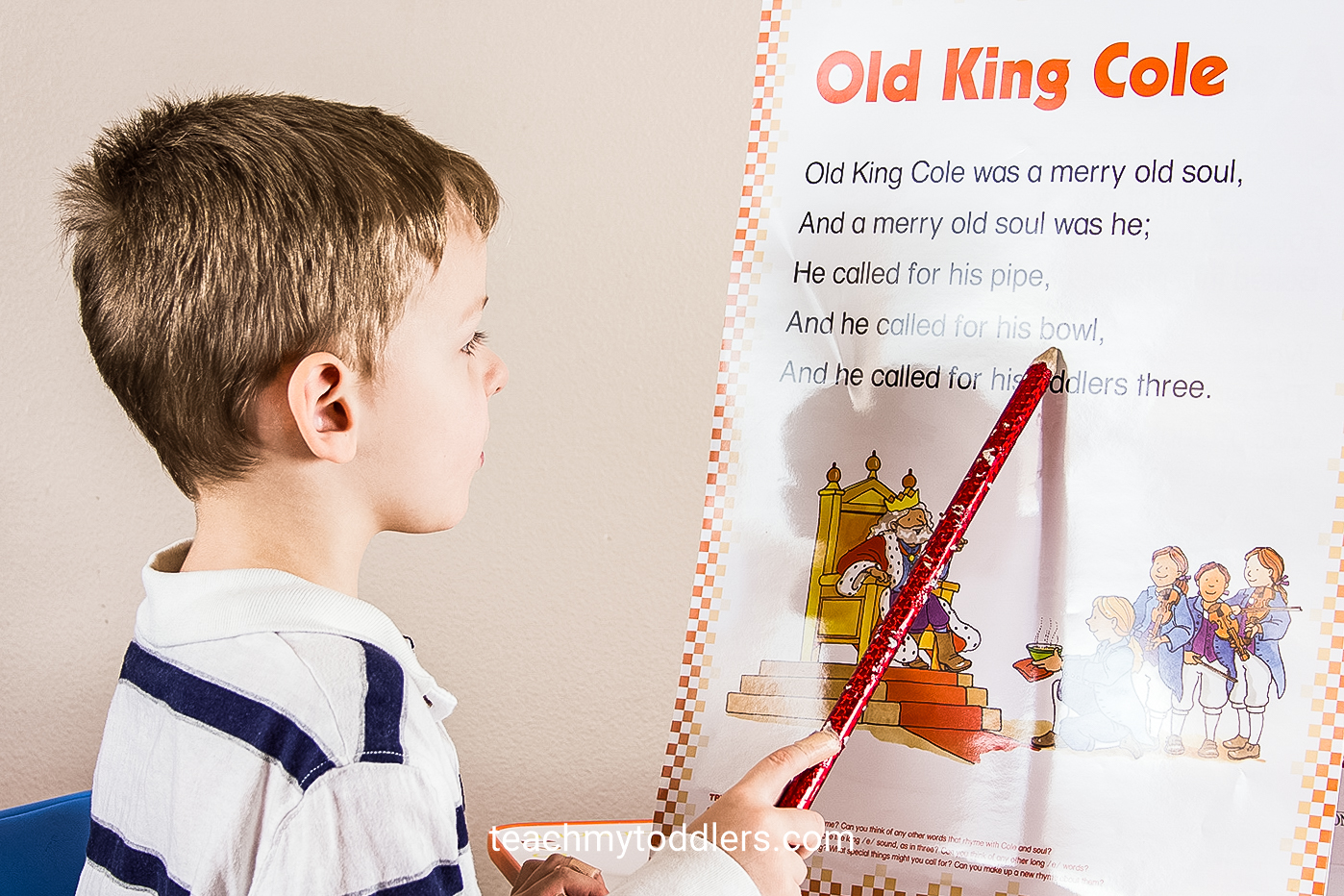
Songs
Just like nursery rhymes, it is never too early to start singing songs with your child. They have the same rhythm and rhyme of nursery rhymes, with the added bonus of a little tune.
It’s great to sing your favorite songs with your child, but don’t forget to sing some kid ones with them. Here are some great ones: Twinkle, Twinkle Little Star, Hot Cross Buns, Mary Had a Little Lamb, The Itsy Bitsy Spider, Baa Baa Black Sheep.
If you don’t like your voice or think you can’t sing, sing anyway. Your child doesn’t mind. It’s okay to get a CD with kids songs on it, too. 🙂
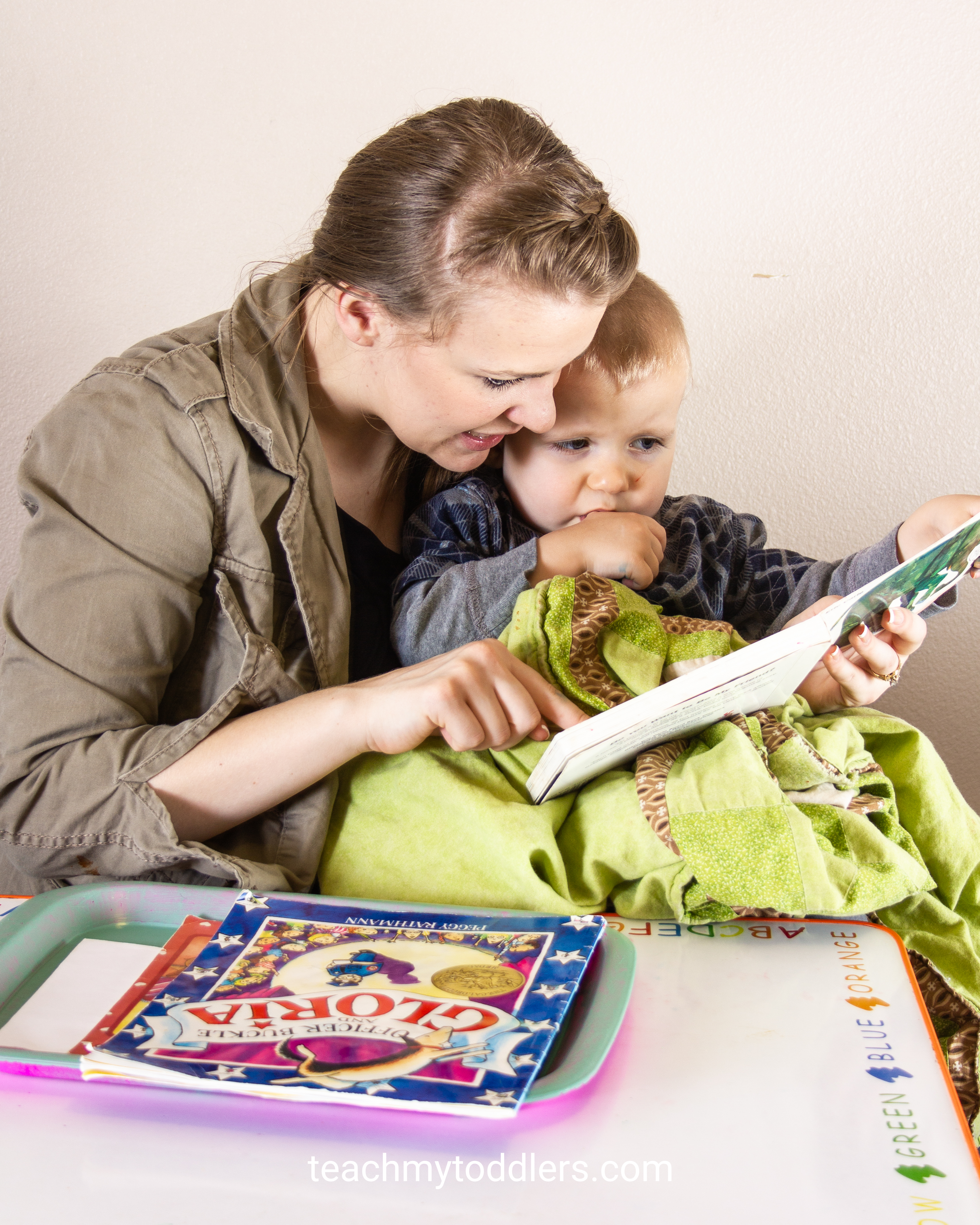
Sensory Activities
You can start doing sensory activities with your child as soon as he or she is born. Start by showing him pictures of people and bold colored objects. Your child will love to look, taste, and feel everything around them.
At about 9 months to a year old you can introduce sensory bins. Start with things that your child can put in their mouth (blocks, large balls, long necklaces with large beads, etc.).
As your child gets older and moves away from the putting-everything-in-their-mouth phase you can start to add other objects to a sensory bin (rice, pasta, water beads, shredded paper, beaded necklaces, playdough, etc.). Remember that children learn through looking, touching, tasting (especially young children), and even smelling.
Be sure to offer lots of experiences that allow your child to explore his senses. Here is a great post on why to use sensory bins and one on how to use sensory bins. Also check out my 15 creative ideas for sensory bin fillers.
